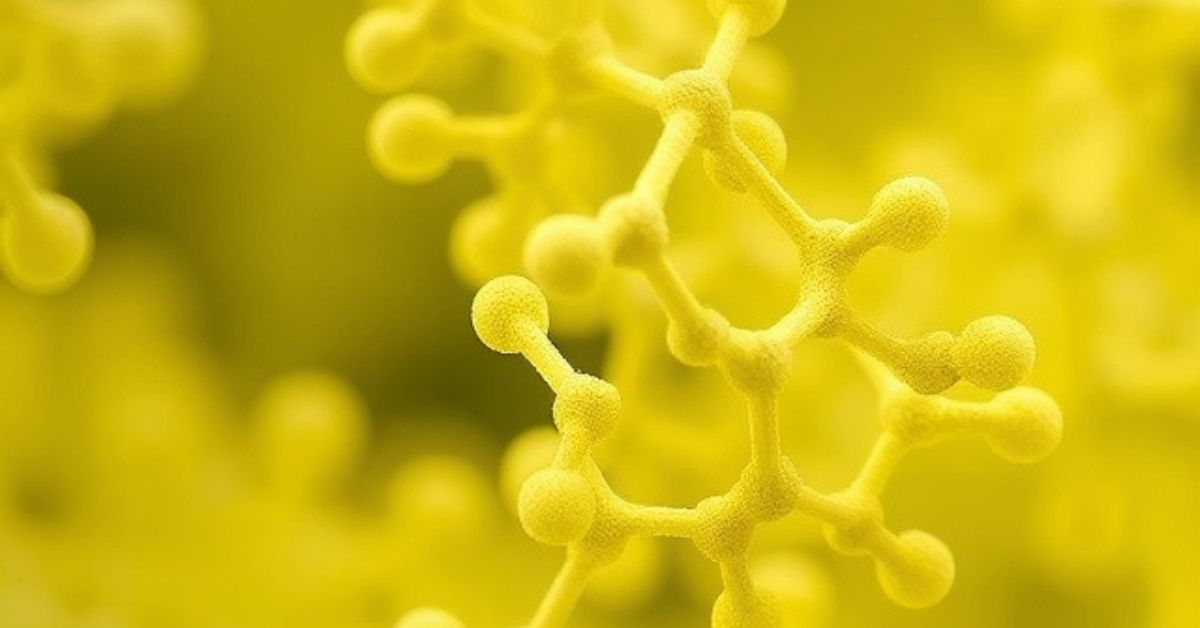Acetatas: Understanding the Chemistry and Applications of Acetate Compounds
Acetatas, or acetates, are a class of compounds that are integral in a variety of industries, ranging from textiles and pharmaceuticals to food production and beyond. These compounds, often formed by the reaction between acetic acid and other substances, are known for their versatility and wide range of uses. This article delves into the world of acetatas, exploring their chemistry, different types, and numerous applications that make them so valuable in our daily lives.
What are Acetatas?
Acetatas are salts or esters of acetic acid, a simple organic compound with the formula CH₃COOH. The name “acetata” is used to refer to the compound when it has been neutralized with a base, forming an acetate salt. This process results in a variety of products with different chemical properties depending on the substances involved.
The basic structure of an acetate compound consists of an acetate ion (C₂H₃O₂⁻) combined with a positively charged ion, typically a metal, or in some cases, an organic group. Acetates can be found in many forms, including liquids, solids, and polymers. One of the most well-known and widely used acetates is sodium acetate, which is commonly used in food preservation, pharmaceuticals, and industrial applications.
Types of Acetatas
Acetatas come in a variety of forms, each with unique properties and uses. These include acetate salts, acetate esters, and acetate polymers. Let’s explore some of the most common types of acetatas.
1. Acetate Salts
Acetate salts are formed when acetic acid reacts with a base, producing an acetate ion that binds with the cation of the base. These salts are commonly used in many different fields, including food processing, water treatment, and medicine. For example:
- Sodium Acetate (NaC₂H₃O₂): One of the most common forms of acetate, sodium acetate is used in food preservation, as a buffering agent, and in various industrial applications. It’s often added to processed foods to regulate pH levels and extend shelf life.
- Calcium Acetate (Ca(C₂H₃O₂)₂): Calcium acetate is used in the treatment of hyperphosphatemia, particularly in patients undergoing dialysis. It helps to lower phosphate levels in the blood and is commonly found in dietary supplements.
2. Acetate Esters
Acetate esters are formed by the reaction between acetic acid and alcohols. These esters have a distinct odor and are widely used as solvents in the chemical industry. Common examples include:
- Ethyl Acetate (C₄H₈O₂): A widely used solvent in paints, coatings, adhesives, and perfumes, ethyl acetate is known for its pleasant, fruity odor. It is also used in the extraction process of natural products like oils and flavors.
- Butyl Acetate (C₆H₁₂O₂): This ester is used as a solvent in coatings, paints, and varnishes. It is also employed in cleaning and degreasing applications due to its ability to dissolve oils and fats.
3. Acetate Polymers
Acetate polymers, also known as cellulose acetates, are created by the esterification of cellulose with acetic acid. These polymers have widespread applications, particularly in the textile and film industries.
- Cellulose Acetate: Used in the manufacture of films, coatings, and textiles, cellulose acetate is a biodegradable alternative to plastic and is often used in the production of photographic film and as a material for clothing, particularly in the form of acetate fibers.
Applications of Acetatas in Different Industries
Acetatas are highly valued across various industries for their chemical properties and versatility. Below, we explore some of the key sectors in which acetatas play a crucial role.
1. Textile Industry
In the textile industry, acetatas are used extensively to create fibers that have a soft, silk-like feel. Cellulose acetate is particularly popular in the production of textiles such as dresses, linings, and upholstery. These fibers are highly prized for their sheen and drape, making them a desirable material for fashion and interior design. Acetate fibers are also commonly used in combination with other fabrics to enhance the overall texture and quality of garments.
The process of making acetate fibers involves treating cellulose from wood or cotton with acetic acid and acetic anhydride. The result is a fiber that is both lightweight and durable, making it a popular choice for everything from evening gowns to home textiles.
2. Pharmaceutical Industry
Acetatas also have a significant presence in the pharmaceutical industry, where they are used both in formulations and as active ingredients. Calcium acetate, for instance, is used as a phosphate binder to treat hyperphosphatemia in patients with chronic kidney disease. The compound binds to phosphate in the digestive tract, preventing its absorption into the bloodstream.
Another common use of acetatas in pharmaceuticals is in the development of drug delivery systems. Acetate compounds can be used to create biodegradable polymers for controlled drug release, ensuring that medications are delivered to the body over an extended period of time.
3. Food Industry
Acetatas play an essential role in the food industry, where they are used as preservatives, flavoring agents, and pH regulators. Sodium acetate, for example, is commonly used in food preservation, particularly in pickling processes, as it helps to maintain the acidity levels of the food and prevent the growth of harmful bacteria. Acetate-based compounds are also used to enhance the flavor of various foods, particularly in processed snacks, sauces, and condiments.
In addition, potassium acetate is used in food products to control the texture and maintain the desired pH levels, making it an important ingredient in many processed food items.
4. Chemical Industry
In the chemical industry, acetatas are widely used as solvents and intermediates in the synthesis of other compounds. Ethyl acetate and butyl acetate, for example, are frequently used as solvents in the production of coatings, adhesives, and inks. Their ability to dissolve a wide range of materials makes them invaluable in formulations for paints, varnishes, and other surface coatings.
Acetate esters are also involved in the manufacture of fragrances and flavoring agents, where their fruity, sweet smell makes them highly desirable in the creation of perfumes, cosmetics, and food products.
5. Photography and Film
In the photography and film industries, cellulose acetate has historically been used as a base material for photographic film and motion picture film stock. While newer materials like polyester have taken over the film industry in recent years, acetate-based films are still used in various applications, particularly in archival and specialty film products.
Environmental and Health Considerations
While acetatas have a wide range of beneficial uses, their environmental and health impact should not be overlooked. Some acetate-based compounds, such as those used in plastics and coatings, can contribute to environmental pollution if not disposed of properly. In addition, the production of acetate esters involves the use of chemicals that can pose risks if mishandled.
However, many industries are working toward greener alternatives to traditional acetate products. For example, cellulose acetate is biodegradable and more environmentally friendly than synthetic fibers, making it a sustainable choice in the textile industry.
Conclusion: The Versatility of Acetatas
Acetatas are among the most versatile and widely used compounds across various industries. Whether in textiles, pharmaceuticals, food, or chemicals, these compounds play a pivotal role in enhancing products and improving processes. From the smooth feel of acetate fabrics to the effectiveness of acetate-based pharmaceuticals, these compounds demonstrate their broad applications and essential roles in everyday life.
As industries continue to evolve and prioritize sustainability, acetatas remain at the forefront of scientific innovation, offering eco-friendly solutions and new possibilities for a range of sectors. Their unique properties ensure that acetatas will continue to be indispensable in shaping the future of many industries.
FAQs About Acetatas
- What are acetatas used for in the food industry? Acetatas, such as sodium acetate, are used as preservatives, pH regulators, and flavoring agents in food products.
- What is the role of cellulose acetate in textiles? Cellulose acetate is used to create smooth, silk-like fibers that are popular in the fashion industry for making garments, upholstery, and other textiles.
- Are acetatas biodegradable? Certain types of acetatas, like cellulose acetate, are biodegradable, making them a more environmentally friendly alternative to synthetic materials.



